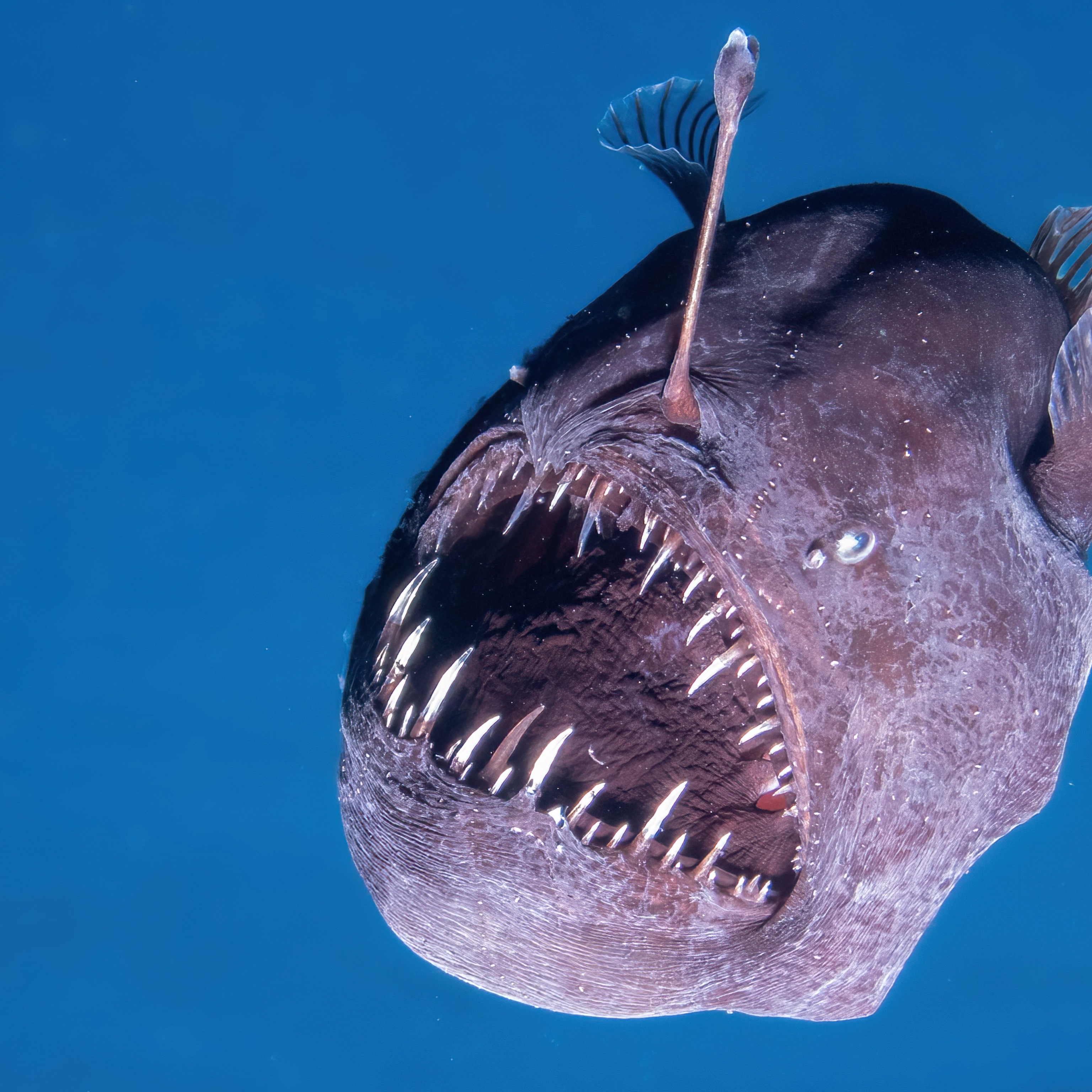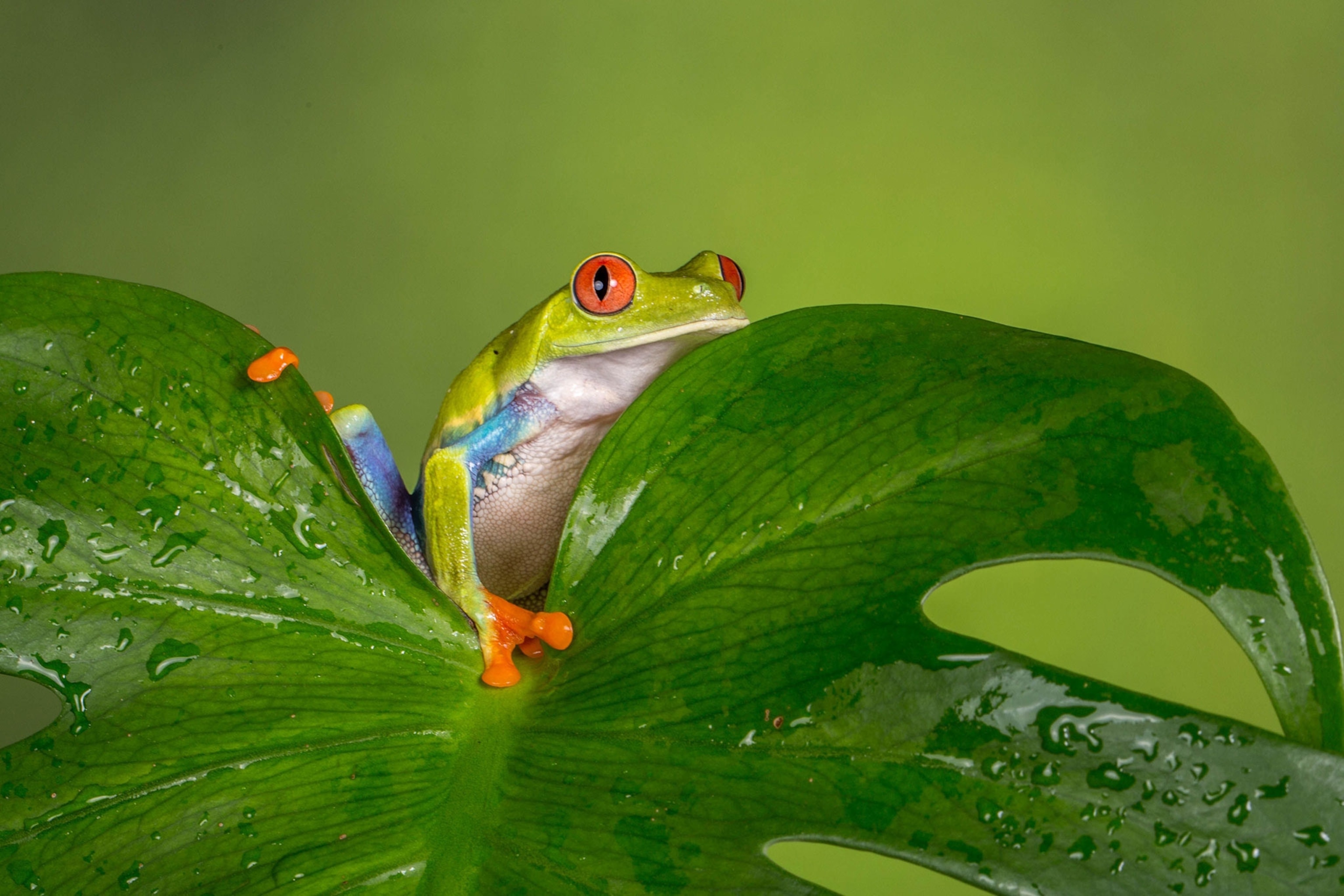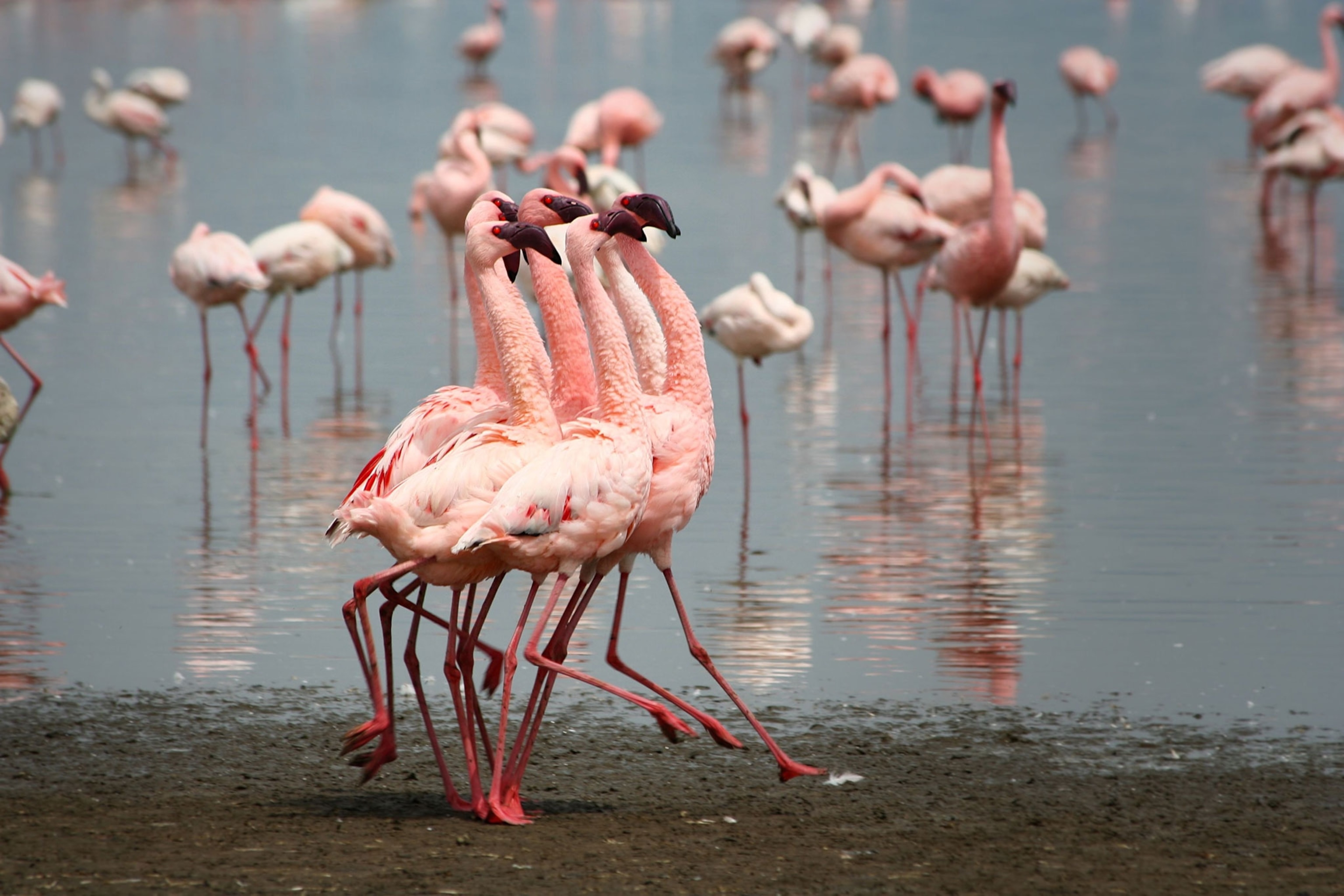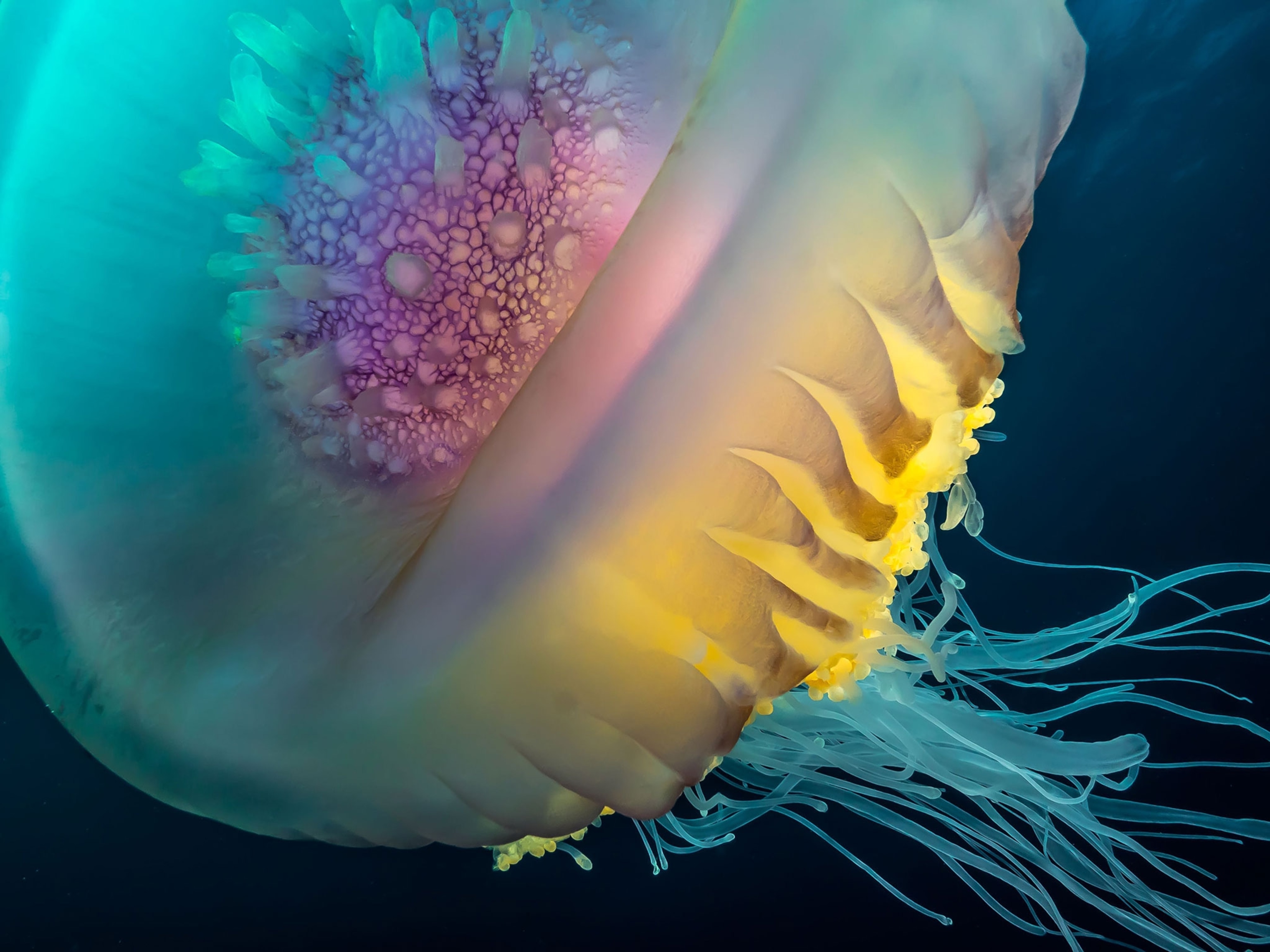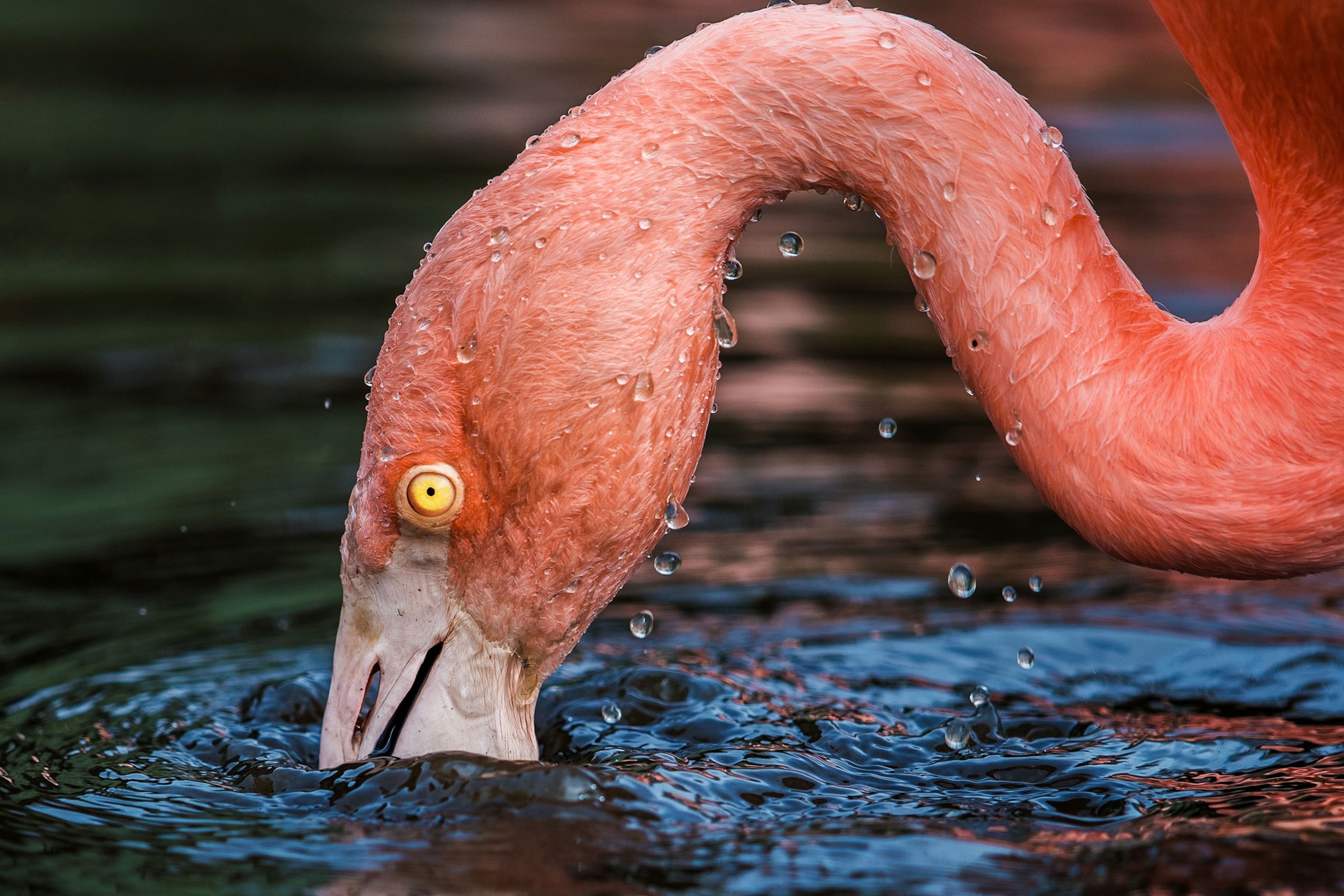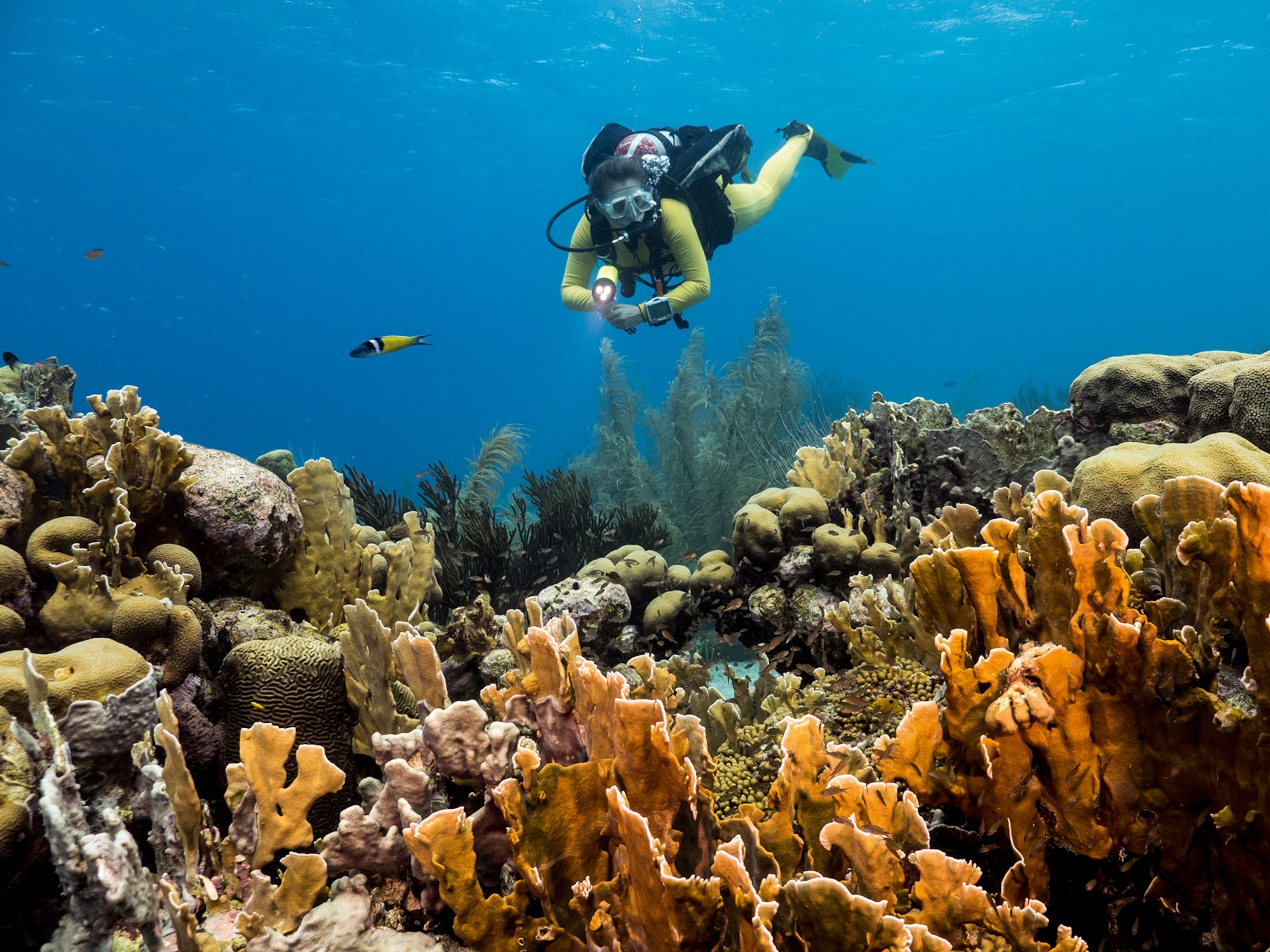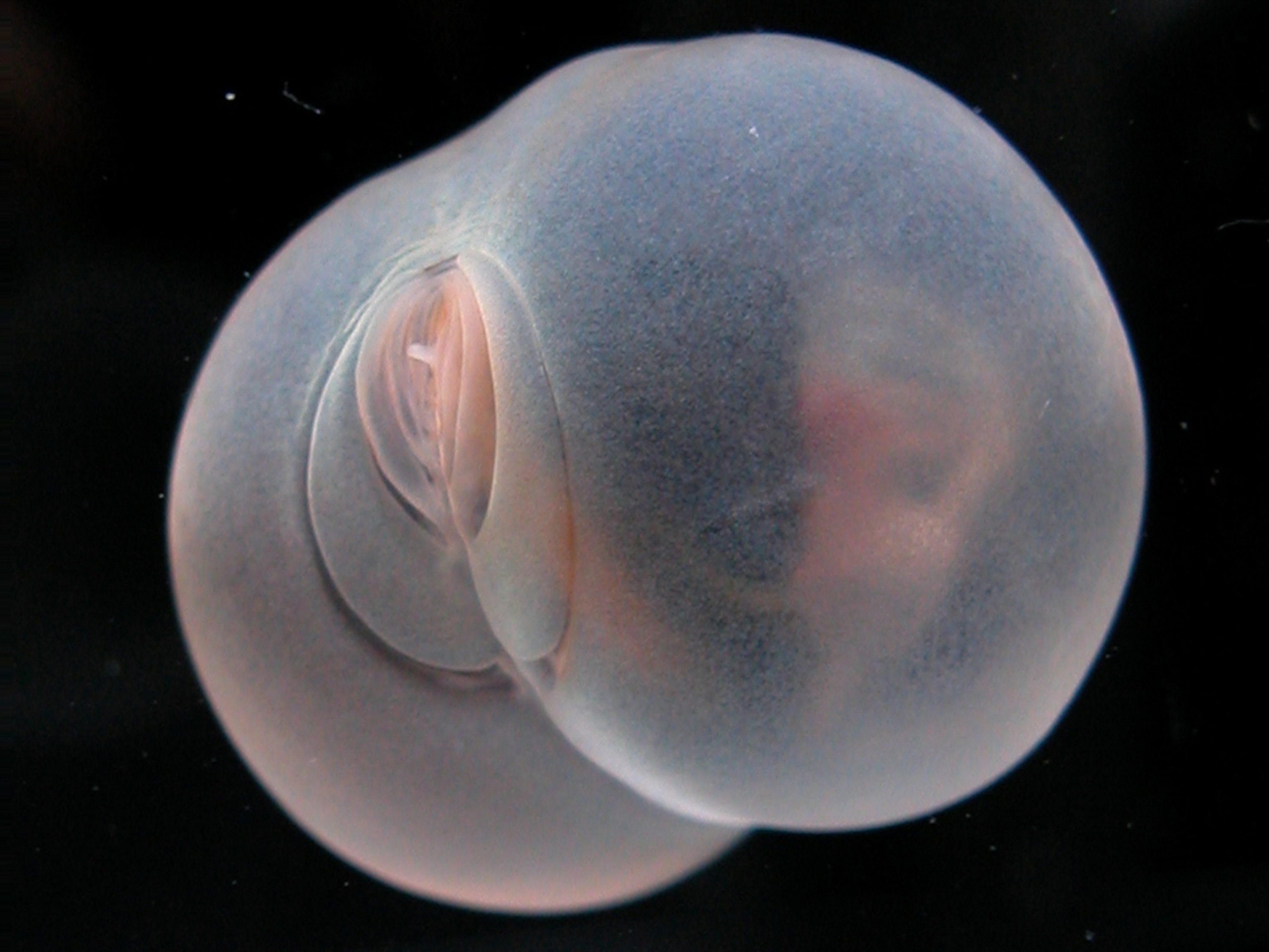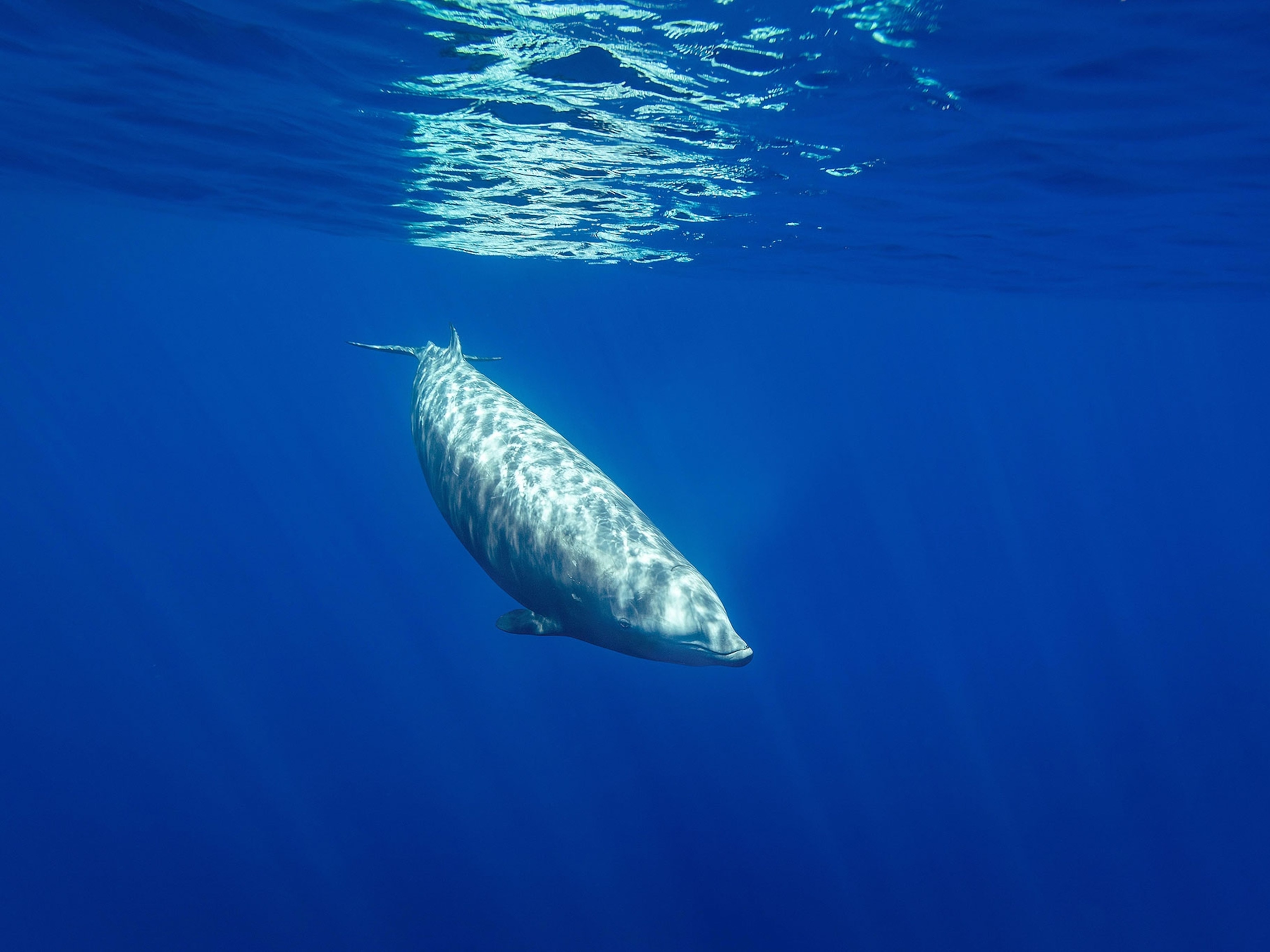New Fish Species Lives 5 Miles Underwater—a Record
Scientists have formally identified a new species of snailfish, the deepest ever caught in the Mariana Trench. A related species has been filmed but never collected.
It's cute, almost pink, and about twice as long as a cigar, with flesh so translucent you can see its liver from the outside. And it is the deepest fish ever caught.
Scientists today formally documented the world's newest, deepest fish, Pseudoliparis swirei, an odd little snailfish caught at 7,966 meters in the Mariana Trench—nearly twice as far below the sea's surface as Wyoming's Grand Teton towers above it. The new species from the dark, frigid ocean region known as the hadal zone was first caught in 2014 and again early in 2017 but is only now being described.
Yet even though the deepest part of the ocean extends almost another 2 miles down to just shy of 11,000 meters, scientists suspect they are unlikely to ever find a fish that lives much deeper.
That's because the pressure down deep is so enormous that fish may be chemically unable to withstand its destabilizing effects on proteins below about 8,200 meters.

While a host of animals can thrive down deep—foraminifera, odd decapod shrimp, sea cucumbers, microbes—no fish has ever been caught from the bottom quarter of the ocean. As of 2014, baited camera traps had been sent to the deepest regions 14 times across five Pacific Ocean trenches without ever even spotting a fish. The two most significant major deepwater trawling efforts—one by Danish researchers, the other in the 1950s by the Soviets—dropped nets 134 times to depths greater than 6,000 meters. No fish ever came up from a tow to the bottom 2,500 feet of water.
"There are real limitations to life in these trenches," says Mackenzie Gerringer, a postdoctoral fellow at the University of Washington's Friday Harbor Laboratories. Snailfish are thought to be able to handle pressures equal to the weight of 1,600 elephants. "They have evolved adaptations to that pressure to keep their enzymes functioning and membranes moving."
Of course, scientists concede they could some day be proven wrong.
Life Under Extreme Pressure
The new species, Pseudoliparis swirei, is named for an officer on the HMS Challenger, the 1870s British expedition that discovered thousands of new ocean species and led to the initial discovery of the trench. Challenger officer Herbert Swire, a navigational sub-lieutenant, published journals from the journey. "We named this fish after him in acknowledgment of the crews that serve on oceanographic research vessels," Gerringer says. "It takes a lot of people to keep a ship running and we wanted to sincerely thank them."
The species is almost certainly endemic to the trench, and appears to be abundant—scientists saw several on cameras carried by deep-diving autonomous vehicles in 2014. Their eggs are unusually large—almost a centimeter wide—and based on dissections of the individuals scientists hauled up, these snailfish don't lack for food. Inside their bellies Gerringer found hundreds of tiny crustaceans shaped like the roly-poly pill bugs one might find in a garden.

And these snailfish probably don't look much like what most people think of when they imagine creatures far below.
"The public normally thinks about anglerfish or viperfish," the black, monster-jawed fish with the dangling lanterns usually found a few thousand meters down, Gerringer says. "By the time you get this deep, fish take a really different form. They have no scales, no big teeth, and they're not bioluminescent—that we know of." (See more photos of deep-sea creatures.)
That lack of certainty, of course, comes with the territory. This is just one of the two species of snailfish—there are more than 350 known snailfish species globally—caught on film around that depth during recent expeditions to the trench. Scientists on multiple expeditions have hauled up 37 individuals of Pseudoliparis swirei. They've also filmed one at 8,178 meters.
But they still haven't caught a single individual of the other fish, which was filmed at about the same depth. That one makes an appearance in the BBC's new Blue Planet 2. It has a body so delicate a scientist once compared it to "tissue paper being dragged through water." It remains an as-yet undescribed species with no formal name. Scientists have taken to calling it the "ethereal snailfish."
"Not that we haven't looked," Gerringer says.
Connections to the Surface
When it comes to understanding life in the deep, "we're still at the 'discovering-who-is-down-there phase,'" Gerringer says.
There's just too much about the deep ocean that we simply don't yet know.
"There are trenches all around the Ring of Fire in the Pacific, but we don't know how similar they are or how connected they all are," Gerringer says. "We don't know how closely tied they are to the environment above.
Even so, it's not as if we haven't left our mark. Even these poorly understood trenches are not immune from our influence. Scientists recently discovered staggeringly high amounts of persistent organic pollutants (POPs) in crustaceans taken from the deepest part of the trench. They are almost certainly byproducts from degrading pieces of plastic.
This story was originally published on November 28 at 2:45 pm ET and updated on November 29 at noon ET with more information on why this may turn out to be the deepest fish ever found.


